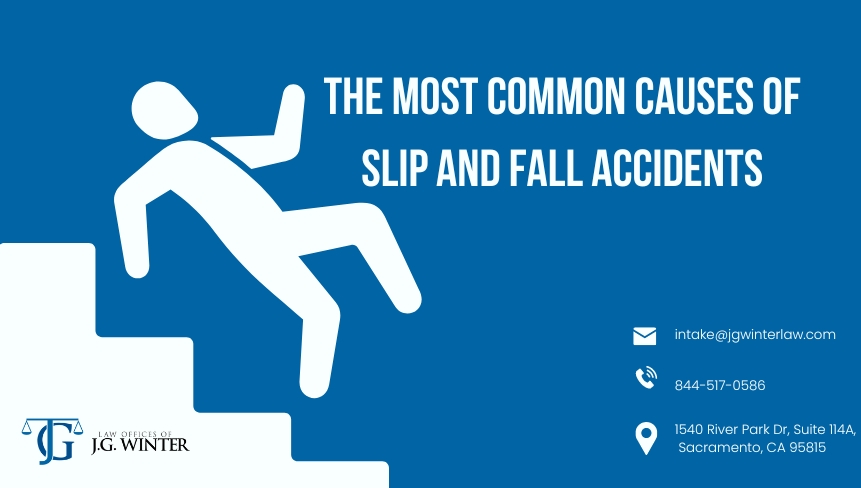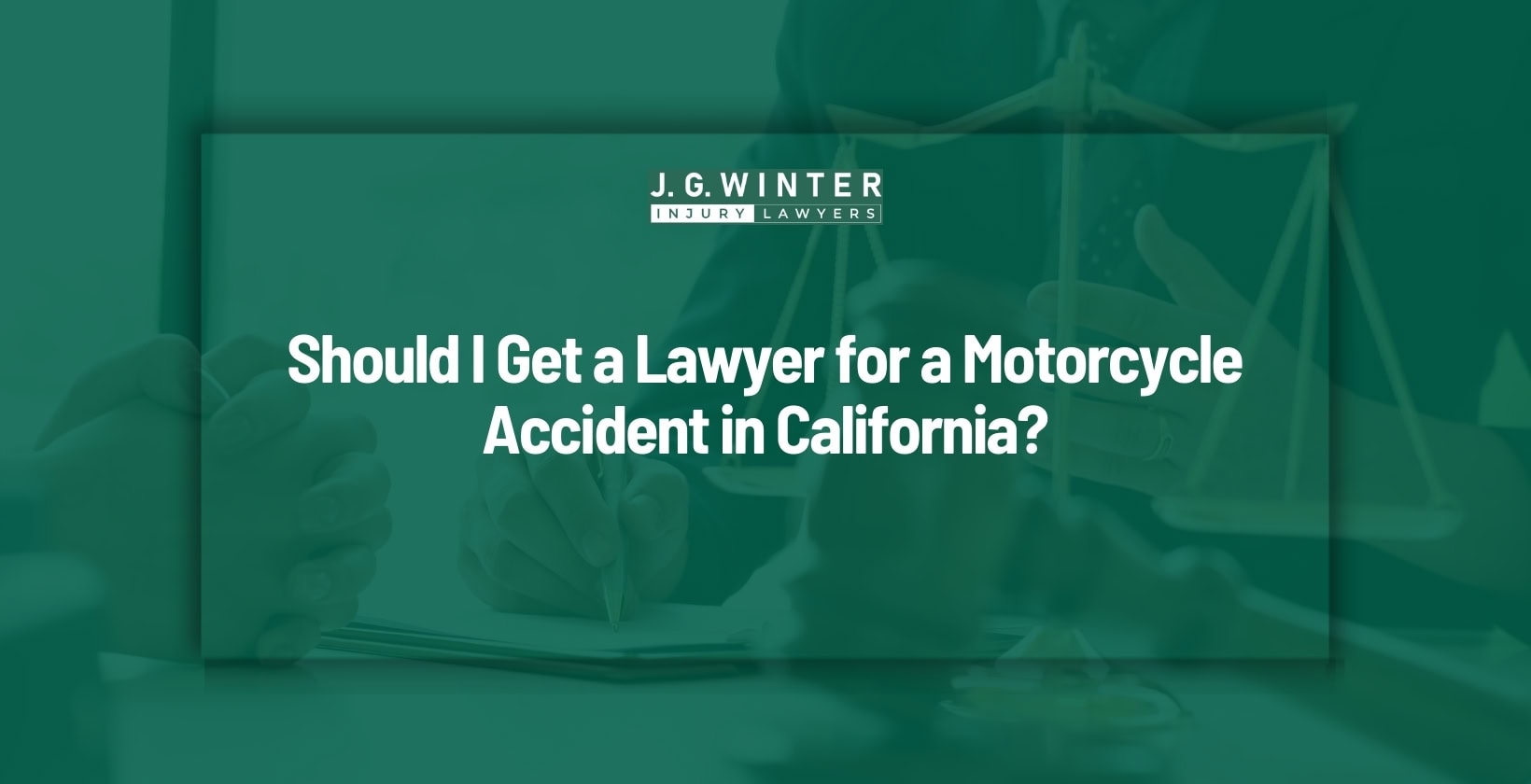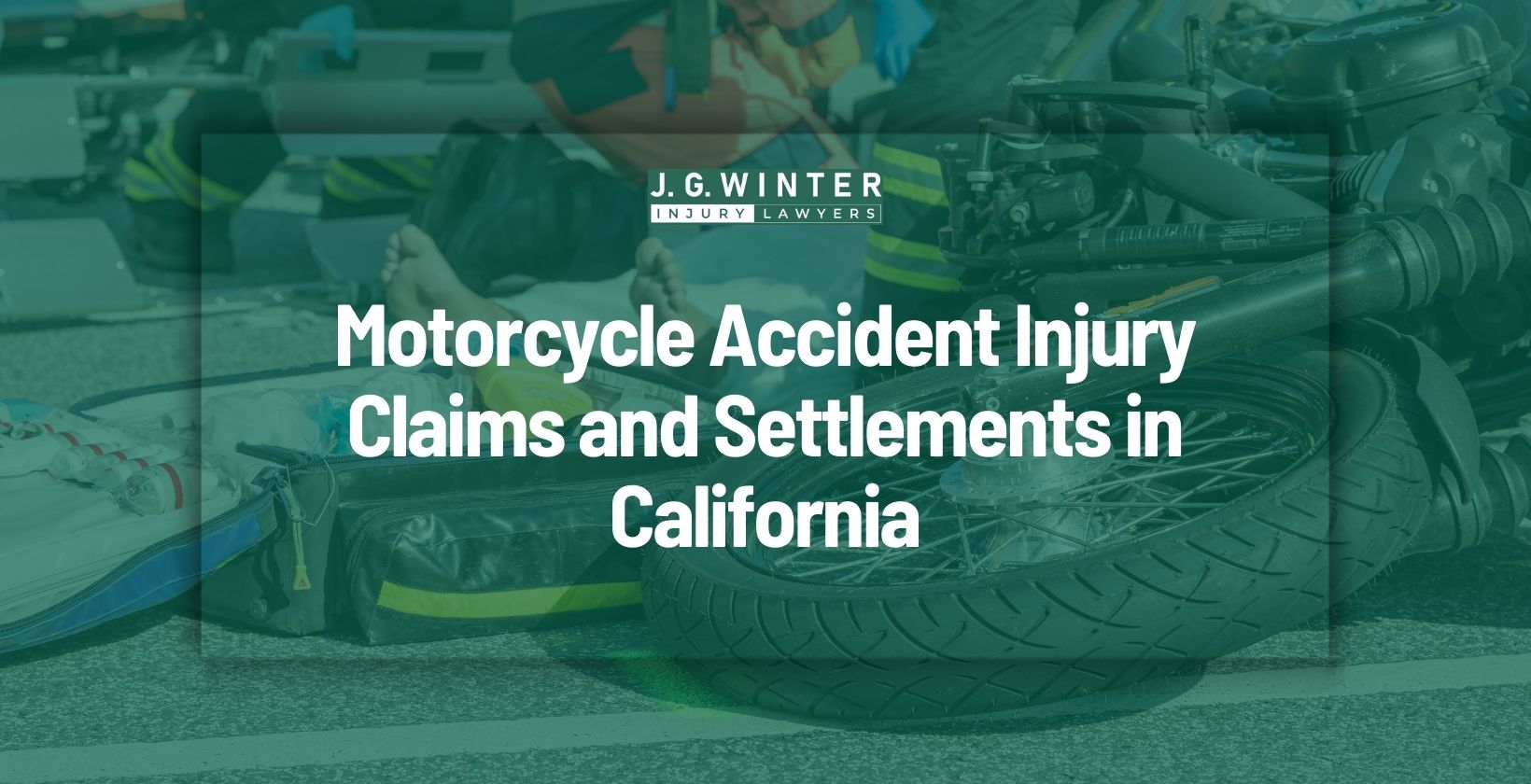Slip and fall accidents are among the leading causes of injury, impacting countless individuals each year. Recognizing the common causes behind these mishaps is crucial for prevention and ensuring safety. Whether occurring in public spaces or at work, understanding common causes of slip and fall accidents can significantly reduce risks. J.G. Winter Law assists slip and fall accident victims, offering guidance and support to navigate the complexities of personal injury claims.
Where are slip and fall accidents common?
A slip-and-fall accident occurs when someone loses their balance and falls due to unsafe conditions on the ground. Such accidents highlight the importance of maintaining safe environments in various settings. Understanding the common sites where slip and fall accidents happen helps you identify potential hazards and take necessary precautions.
- Supermarkets and grocery stores
- Bathrooms and public restrooms
- Restaurants and cafes
- Shopping malls and retail stores
- Parking lots and garages
- Sidewalks and public walkways
- Office buildings and corporate campuses
- Schools and universities
- Hospitals and healthcare facilities
- Residential properties and apartment complexes
8 Common causes of slip and fall accidents
Slip and fall accidents are among the most common types of incidents leading to personal injury. From wet floors to uneven surfaces, various conditions can lead to unfortunate falls. You must know the most common causes of slip and fall accidents to prevent and ensure safety in public and private spaces.
1. Wet and slippery surfaces
Wet and slippery surfaces are a top reason for slip and fall accidents. Spills, freshly mopped floors, and slick areas from rain or snow can easily cause someone to lose their footing. Places like supermarkets and bathrooms are especially prone to these conditions. Property owners must clean up spills quickly and post warning signs to prevent accidents.
2. Cluttered floors
Clutter on the floor is another common hazard that leads to falls. Items like loose cables, debris, or any objects left in walkways can be tripping dangers. Poor housekeeping in areas like offices or retail spaces can increase the risk of someone getting hurt. Keeping floors clear and organized is essential to avoid these incidents.
3. Uneven walking surfaces
Uneven floors, potholes, and damaged sidewalks can throw off your balance and cause a fall. Lack of maintenance on walkways, both indoors and outdoors, contributes to these dangers. Addressing these issues promptly and ensuring surfaces are even and safe is crucial for preventing accidents.
4. Recently cleaned or waxed floors
Floors that have just been cleaned or waxed may look great but can be surprisingly slippery. Certain cleaning products can leave a slick residue that increases the chance of falling. Properties owners should always use warning signs after cleaning floors and choose products that minimize slipperiness.
5. Weather conditions
Bad weather, including ice, snow, and rain, significantly increases the risk of outdoor slip and fall accidents. Property owners should take steps like salting walkways in winter and ensuring proper drainage to reduce these risks. Being proactive about weather-related dangers is key to keeping walkways safe.
6. Inadequate lighting
Poor lighting can make it hard to see potential tripping hazards, leading to falls. Dimly lit areas such as parking lots and stairwells are particularly risky. Installing sufficient lighting and replacing burnt-out bulbs promptly can help illuminate paths and prevent accidents.
7. Improper footwear
The shoes you wear can also play a big role in slip and fall accidents. Footwear without proper grip or that is unsuitable for certain conditions can increase the likelihood of a fall. Choosing shoes with good traction appropriate for your activities can help keep you safe.
8. Lack of handrails and guardrails
Missing or inadequate handrails and guardrails in areas like staircases and elevated platforms can lead to falls. These features are important for stability and support, especially in areas where balance is crucial. Ensuring these safety measures are in place and secure is vital for fall prevention.
Common injuries in slip and fall accidents
Slip and fall accidents can lead to various injuries, from bruises and sprains to fractures and head injuries. The impact of a fall depends on the type of surface and the distance of the fall. Identifying common slip and fall injuries helps you understand the potential severity of these accidents and the importance of taking precautions.
- Bruises and Abrasions: These are surface injuries occured when the skin scrapes against a rough surface.
- Sprains and Strains: Often affecting ankles and wrists, sprains and strains involve the stretching or tearing of ligaments and muscles.
- Fractures: Bones can break upon impact, with hip, wrist, and ankle fractures being particularly common in slip and fall incidents.
- Head Injuries: Falls can lead to head injuries, including concussions or more severe traumatic brain injuries (TBIs), especially if the victim hits their head against a hard surface.
- Back and Spinal Injuries: The impact of a fall can cause back injuries, including herniated discs or, in severe cases, spinal cord damage, potentially leading to paralysis.
- Shoulder Injuries: Falling can result in shoulder dislocations or rotator cuff injuries, which may require surgery.
Compensation for slip and fall accident
In California, slip and fall cases fall under premises liability law. Slip and fall accident victims may be entitled to compensation for their injuries and losses. It covers the costs associated with the accident and helps them recover. Understanding what compensation you’re entitled to helps you reach a fair settlement.
- Medical Bills: Covers the cost of hospital visits, treatment, medications, and any ongoing medical care required due to the accident.
- Lost Wages: If you had to miss work because of your injuries, you could be compensated for the income you lost during that time.
- Pain and Suffering: It includes compensation for the physical pain and emotional distress you’ve experienced as a result of the accident.
- Rehabilitation Costs: If your injuries require physical therapy or other forms of rehabilitation, you may be compensated for these expenses.
- Loss of Enjoyment: If the injuries prevent you from enjoying your usual activities or hobbies, you may receive compensation for this loss.
- Future Medical Expenses: If your injuries require long-term care or surgeries in the future, you might be entitled to compensation for these anticipated costs.
Choose J.G. Winter Law for your slip and fall case
Slip and fall accidents can change your life, leading to pain, financial strain, and a long recovery process. Understanding the common causes and knowing your rights is crucial for prevention and seeking justice if you’ve been injured.
If you’ve experienced a slip-and-fall accident, you don’t have to navigate the aftermath alone. Attorney Jeremy Gordon Winter will you prove your cases and secure the compensation you deserve. Our experienced slip and fall accident lawyers understand the complexities of these claims and advocate for your rights. Contact us today for support and expert legal assistance.
FAQs
What are the common causes of slips, trips, and falls?
Common causes of slips, trips and falls include:
- wet and slippery surfaces
- cluttered floors
- uneven walking surfaces
- recently cleaned or waxed floors
- weather conditions
- inadequate lighting
- improper footwear
- lack of handrails and guardrails
What is the most common cause of accidents in the workplace?
The most common cause of accidents in the workplace is slips, trips, and falls, often resulting from wet floors, uneven surfaces, or cluttered work areas.
How can I prevent slip and fall accidents at home?
To prevent slip and fall accidents at home, ensure floors are dry and clean, remove clutter, secure rugs and carpets, use non-slip mats in bathrooms, ensure good lighting, and keep walkways clear.
What should I do immediately after a slip and fall accident?
After a slip and fall accident, seek medical attention even if injuries seem minor, report the incident to the property owner or manager, document the scene and your injuries with photos, and contact a personal injury lawyer for advice.
Can I claim compensation for a slip and fall accident?
You may be entitled to compensation for medical expenses, lost wages, pain and suffering, and other damages if the accident was due to someone else’s negligence.
What evidence is needed to prove a slip and fall case?
Evidence to prove a slip and fall accident can include photos of the hazard that caused the fall, witness statements, medical records showing your injuries, and documentation of any communication with the property owner or manager.
Are business owners always liable for slip and fall accidents on their property?
Business owners are not always liable. Liability depends on whether the owner knew or should have known about the hazardous condition and failed to address it.
How long do I have to file a claim after a slip and fall accident?
The time limit, known as the statute of limitations, varies by state. In California, you have up to two years from the date of the slip and fall accident to file a personal injury lawsuit. Failing to file within this period typically results in losing the right to sue for damages related to the accident.


